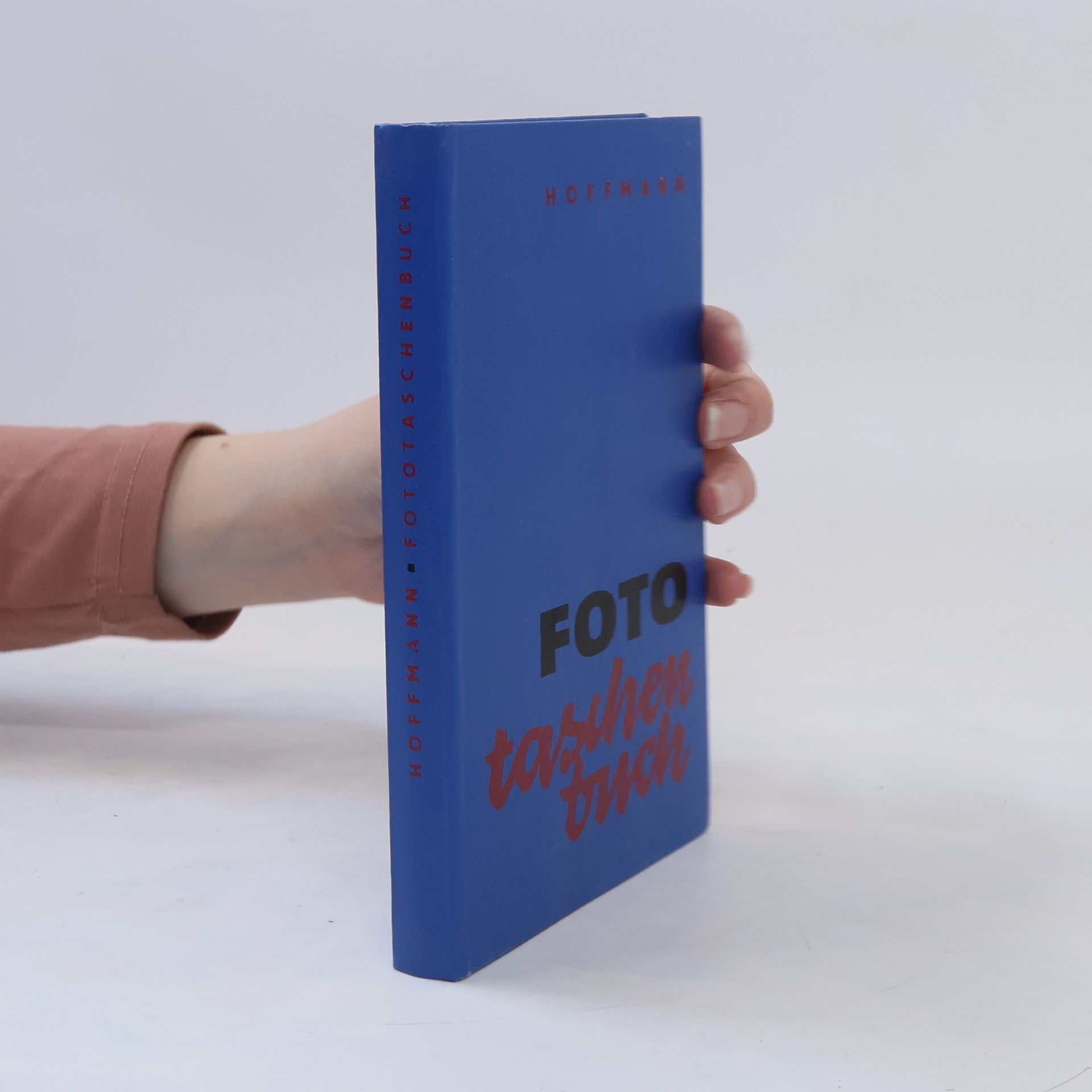Fast solution of discretized optimization problems
- 292pagine
- 11 ore di lettura
Differential equations, both partial and ordinary, are essential for modeling real-world application problems. To influence these systems effectively, optimizing discretized models is crucial. This volume features selected papers from the International Workshop on "Fast Solution of Discretized Optimization Problems," held at the Weierstrass Institute for Applied Analysis and Stochastics in Berlin from May 8 to May 12, 2000. The workshop gathered 59 scientists from 10 countries and included 8 invited lectures and 28 contributed talks. Notable speakers included H. G. Bock, M. Heinkenschloss, K. Kunisch, U. Langer, B. Mohammadi, J. Petersson, E. Sachs, and F. Troltzsch. The workshop aimed to bridge the gap between the disciplines of nonlinear optimization and numerical methods for differential equations, which is essential for addressing current optimization challenges in practical applications such as shape and topology optimization. The organizing committee and speakers represented both fields to enhance collaboration and idea exchange, fostering advancements in solving complex optimization problems.

